Your sofa is garbage. This startup wants to change that
If you own what furniture designer Edgar Blazona calls a “pandemic sofa”—or almost any recently-purchased couch—there’s a good chance that you already want to get rid of it. Furniture sales surged during the pandemic, as people spent more time at home. That happened to coincide with a new low in furniture quality, as manufacturers continued to cut costs. (Supply chain challenges were especially bad during COVID-19, but quality arguably hasn’t improved since then.) If your sofa is a few years old, or even newer, the cushions might now be sagging or lumpy. The frame might be wobbly and creaking. The fabric might be fraying or the leather peeling off. You might have spent $3,000, expecting your new sofa to last a decade or two; instead it’s already looking worse than the old sofa you replaced. “I’ve spent the last few years really studying why the sofas of today only last three to five years even at the so-called specialty retailers,” says Blazona, who worked with large brands like Pottery Barn in the past. Now, he runs a small company called MadeRight CA that makes sofas designed for durability, trying to fight the industry’s move toward semi-disposable furniture that quickly ends up in landfills. Furniture manufacturers have struggled to cut costs for years. When trade opened up with China in 1999, American furniture companies tried to compete with new imports and then started shutting down factories and moving jobs overseas. In North Carolina, the center of U.S. furniture manufacturing, the industry cut half of its jobs between 1999 and 2009. Some companies that were particularly known for making higher-quality sofas in the U.S., such as Iowa-based Flexsteel, also eventually started manufacturing in Asia instead. As the pandemic put new pressure on supply chains, and the first Trump administration’s tariffs went into effect, brands tried to find new ways to maintain their margins. [Photo: MadeRight] Because increasing the retail price of a finished sofa is a harder sell to consumers, companies focused first on cheaper materials. “In the world of sofas, the best place to hide these new, more expensive costs is by changing the materials inside,” says Blazona. One change, he says, is that brands have started using the cheapest possible cushions. To nerd out a little: One design choice manufacturers have is the foam density, or the weight of a cubic foot of the foam that’s used inside cushions. (Density shouldn’t be confused with firmness—higher-density foam can be either soft or hard.) The best foam has a density of 2.5 pounds and can last more than a decade. Many furniture brands now use foam with 1.8-pound density, which Blazona says lasts three to five years instead. In between are options for two-pound and 2.3-pound foam, which lasts a little longer. Crate & Barrel, for example, now sells sofas with 1.8 and 2.0-pound foam density cushions. Pottery Barn uses 1.8-pound foam. Even Room & Board, an employee-owned company known for making higher-quality furniture, started using 1.8-pound foam. “It’s a very shortsighted approach, in my opinion,” Blazona says. (Most brands don’t advertise these numbers, but Blazona gathered the stats on competitors by asking their customer service reps.) [Photo: MadeRight] Companies have also cut corners in how frames are made—using particle board instead of plywood or hardwood, for example, and brackets instead of better-quality joinery. Many also now use cheaper textiles, like “genuine” leather that’s made from scraps mixed together with glue, or fabric that easily pills or stains. Customers, unsurprisingly, have noticed. In one recent post on Reddit, an interior designer talked about how they’d relied on CB2 in the past until they bought a sofa and the back fell off when it was delivered; when the company sent a replacement, the center of the couch sank “within days,” and the customer decided to give up and return it, forgoing another offer of a replacement. In the “Buy it for Life” subreddit, commenters often recommend buying vintage sofas—noting that their parents and grandparents had much better furniture, even when it wasn’t especially expensive to begin with—and spending more on reupholstery rather than buying something new. When he started MadeRight CA, in 2021, Blazona says he visited old-school sofa makers to study how they worked. Small differences matter: the pattern of a fabric, for example, affects how it stretches over a cushion. Traditional sofa makers carefully adjust patterns so the tailoring is correct. “This prevents problems like wrinkles from forming where you sit, which we industry peeps call ‘butt puddles,'” he says. “I spent years trying to mass manufacture, and what I learned was that mass manufacturing does not make for better upholstery,” he says. “Yes, it speeds things up, but it certainly doesn’t make for better quality upholstery. Old school tailoring—scissors, stretching, and pulling—is what makes a we

If you own what furniture designer Edgar Blazona calls a “pandemic sofa”—or almost any recently-purchased couch—there’s a good chance that you already want to get rid of it.
Furniture sales surged during the pandemic, as people spent more time at home. That happened to coincide with a new low in furniture quality, as manufacturers continued to cut costs. (Supply chain challenges were especially bad during COVID-19, but quality arguably hasn’t improved since then.) If your sofa is a few years old, or even newer, the cushions might now be sagging or lumpy. The frame might be wobbly and creaking. The fabric might be fraying or the leather peeling off. You might have spent $3,000, expecting your new sofa to last a decade or two; instead it’s already looking worse than the old sofa you replaced.

“I’ve spent the last few years really studying why the sofas of today only last three to five years even at the so-called specialty retailers,” says Blazona, who worked with large brands like Pottery Barn in the past. Now, he runs a small company called MadeRight CA that makes sofas designed for durability, trying to fight the industry’s move toward semi-disposable furniture that quickly ends up in landfills.
Furniture manufacturers have struggled to cut costs for years. When trade opened up with China in 1999, American furniture companies tried to compete with new imports and then started shutting down factories and moving jobs overseas. In North Carolina, the center of U.S. furniture manufacturing, the industry cut half of its jobs between 1999 and 2009. Some companies that were particularly known for making higher-quality sofas in the U.S., such as Iowa-based Flexsteel, also eventually started manufacturing in Asia instead. As the pandemic put new pressure on supply chains, and the first Trump administration’s tariffs went into effect, brands tried to find new ways to maintain their margins.

Because increasing the retail price of a finished sofa is a harder sell to consumers, companies focused first on cheaper materials. “In the world of sofas, the best place to hide these new, more expensive costs is by changing the materials inside,” says Blazona. One change, he says, is that brands have started using the cheapest possible cushions.
To nerd out a little: One design choice manufacturers have is the foam density, or the weight of a cubic foot of the foam that’s used inside cushions. (Density shouldn’t be confused with firmness—higher-density foam can be either soft or hard.) The best foam has a density of 2.5 pounds and can last more than a decade. Many furniture brands now use foam with 1.8-pound density, which Blazona says lasts three to five years instead. In between are options for two-pound and 2.3-pound foam, which lasts a little longer.
Crate & Barrel, for example, now sells sofas with 1.8 and 2.0-pound foam density cushions. Pottery Barn uses 1.8-pound foam. Even Room & Board, an employee-owned company known for making higher-quality furniture, started using 1.8-pound foam. “It’s a very shortsighted approach, in my opinion,” Blazona says. (Most brands don’t advertise these numbers, but Blazona gathered the stats on competitors by asking their customer service reps.)

Companies have also cut corners in how frames are made—using particle board instead of plywood or hardwood, for example, and brackets instead of better-quality joinery. Many also now use cheaper textiles, like “genuine” leather that’s made from scraps mixed together with glue, or fabric that easily pills or stains.
Customers, unsurprisingly, have noticed. In one recent post on Reddit, an interior designer talked about how they’d relied on CB2 in the past until they bought a sofa and the back fell off when it was delivered; when the company sent a replacement, the center of the couch sank “within days,” and the customer decided to give up and return it, forgoing another offer of a replacement. In the “Buy it for Life” subreddit, commenters often recommend buying vintage sofas—noting that their parents and grandparents had much better furniture, even when it wasn’t especially expensive to begin with—and spending more on reupholstery rather than buying something new.

When he started MadeRight CA, in 2021, Blazona says he visited old-school sofa makers to study how they worked. Small differences matter: the pattern of a fabric, for example, affects how it stretches over a cushion. Traditional sofa makers carefully adjust patterns so the tailoring is correct. “This prevents problems like wrinkles from forming where you sit, which we industry peeps call ‘butt puddles,'” he says.
“I spent years trying to mass manufacture, and what I learned was that mass manufacturing does not make for better upholstery,” he says. “Yes, it speeds things up, but it certainly doesn’t make for better quality upholstery. Old school tailoring—scissors, stretching, and pulling—is what makes a well-made, beautiful, hand-tailored sofa. Combine that with great materials, and you get quality that lasts a long, long time.”
MadeRight uses high-density foam, kiln-dried wood frames reinforced with corner blocks, and each piece is upholstered by a single person. The company also works with customers to customize the fit of each piece, which is made to order. “Selling a sofa only to have it returned six months later because it wasn’t comfortable is a big waste for everyone involved,” Blazona says.

The company also has a showroom in the Bay Area, where customers can try out different sofas while Blazona carefully observes how they sit. He walked me through how this “Sit Fit” process worked virtually. That included asking how much I liked to sink into a cushion, and then asking my height and weight so he could calculate the best cushion density and the size of the back cushions so that I could sit comfortably. He asked how much I wanted my furniture to look pristine (answer: I’d rather be comfortable as possible), because the cushions can also be adjusted to show almost no wrinkles. He also walked, in detail, through how the sofas are made.
The company sent me a sofa to try out, which I’ve been using for three months. Of course, it’s too early to say if it will last a decade. I also can’t compare it to other makers that have a reputation for high quality, since my only other loveseat is a 1950s piece from Denmark. Still, the early signs are encouraging. I work remotely, and I’ve been working from the MadeRight sofa for hours each day (sorry, ergonomics); it still looks and feels exactly like it did the day it arrived. The frame feels solid; the cushions, a perfect balance between soft and firm, can all be flipped over to keep them going even longer.
The sofas are relatively expensive. The Venice sofa, for example, currently starts at around $3,000 for a 72-inch version. One similarly-sized option from Room & Board costs $1,799. But if MadeRight’s model truly lasts longer, the cost over time could be better.

Blazona is also thinking about how to further extend the longevity of each piece. The standard cushions are expected to last 10 years, and the premium cushions can last up to 15 years; flipping and rotating the cushions increases that time. When they do wear out, or if they’re damaged by a major spill, you can send back the covers and the company will make new cushions for the cost of materials. “Why have a frame that lasts a lifetime, and fabrics that last nearly forever, but not be able to replace any part of the sofa, like the cushions?” he says.
Modern shopping habits pose a different challenge. If some consumers now think of furniture more like fast fashion—buying based on the latest TikTok trends, and quickly replacing furniture even when it isn’t worn out—the longevity of a couch won’t matter. (Ultra-cheap options, like a $23 “sofa” from Temu, aren’t helping.) But plenty of other people are tired of trying to do the research to buy a new couch every few years, and don’t want to repeatedly spend thousands of dollars on something that might not last (and that might end up in a landfill because it can’t be given away). Customers often now come to MadeRight because they’ve gone down an online rabbit hole of cushion research, Blazona says. “Durability seems to be all we hear about these days,” he says.





























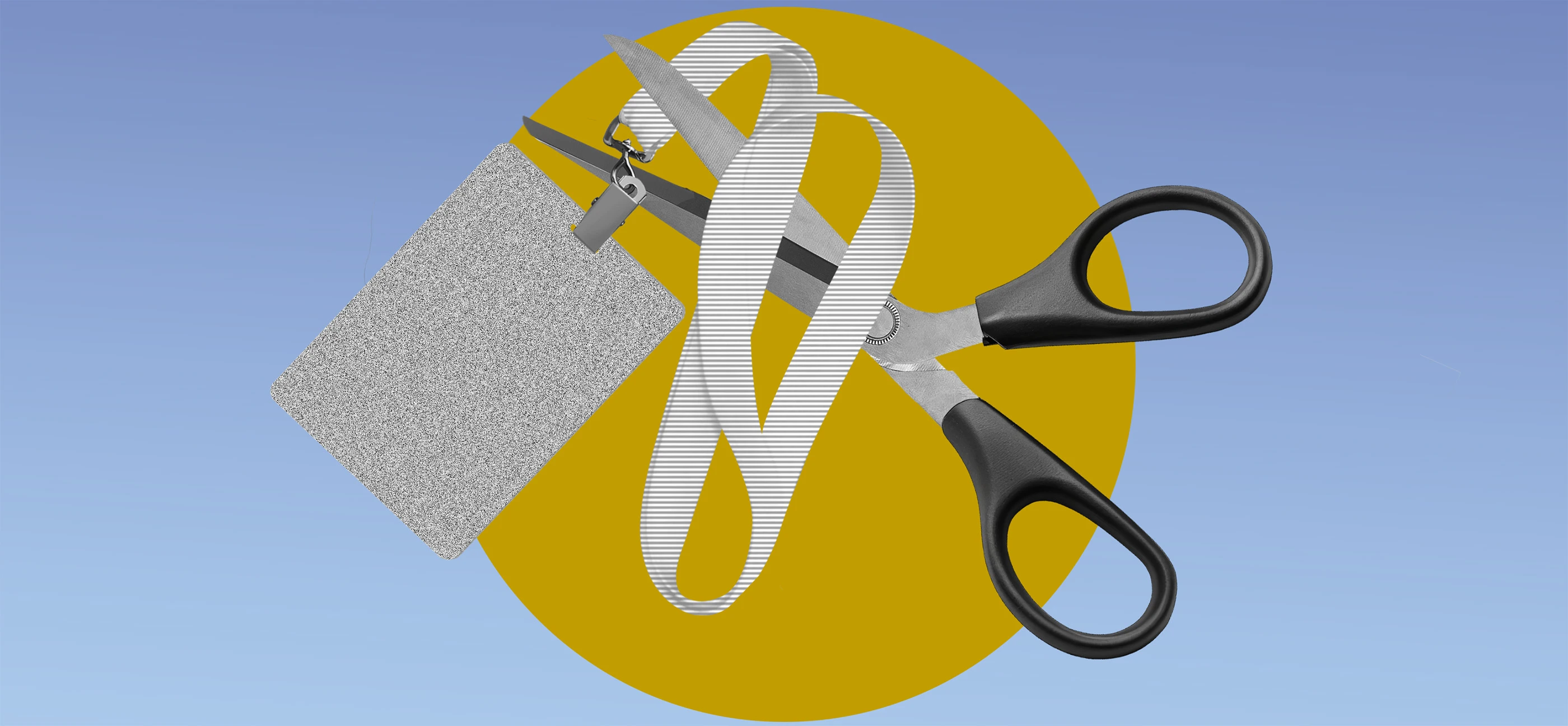





























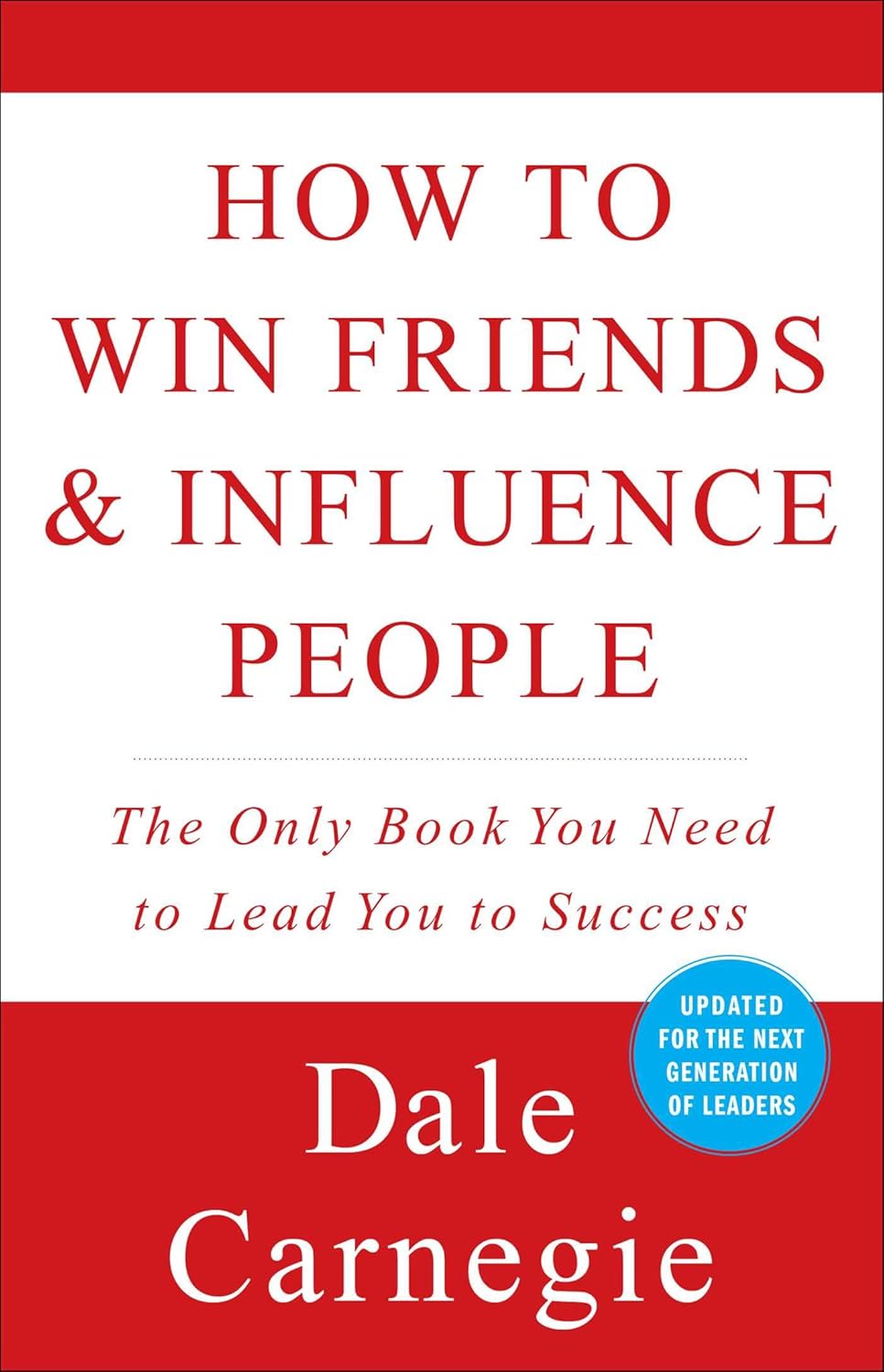
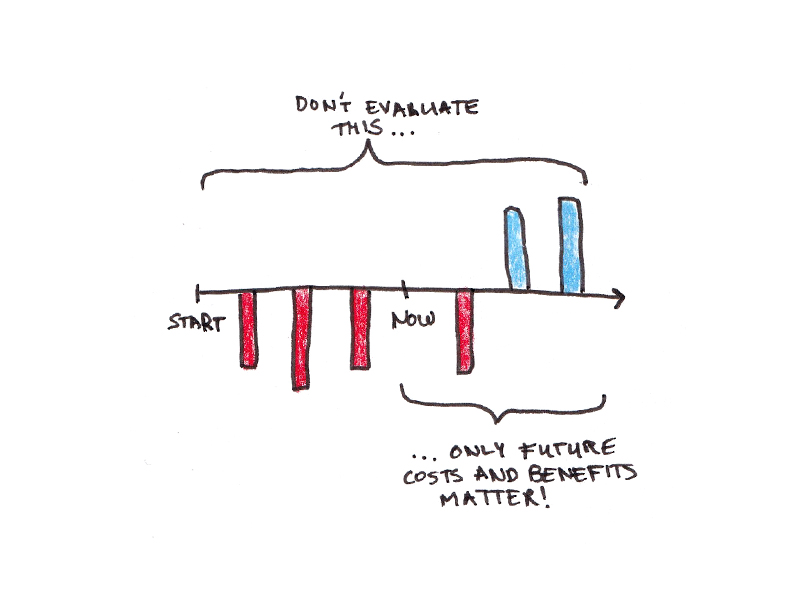

















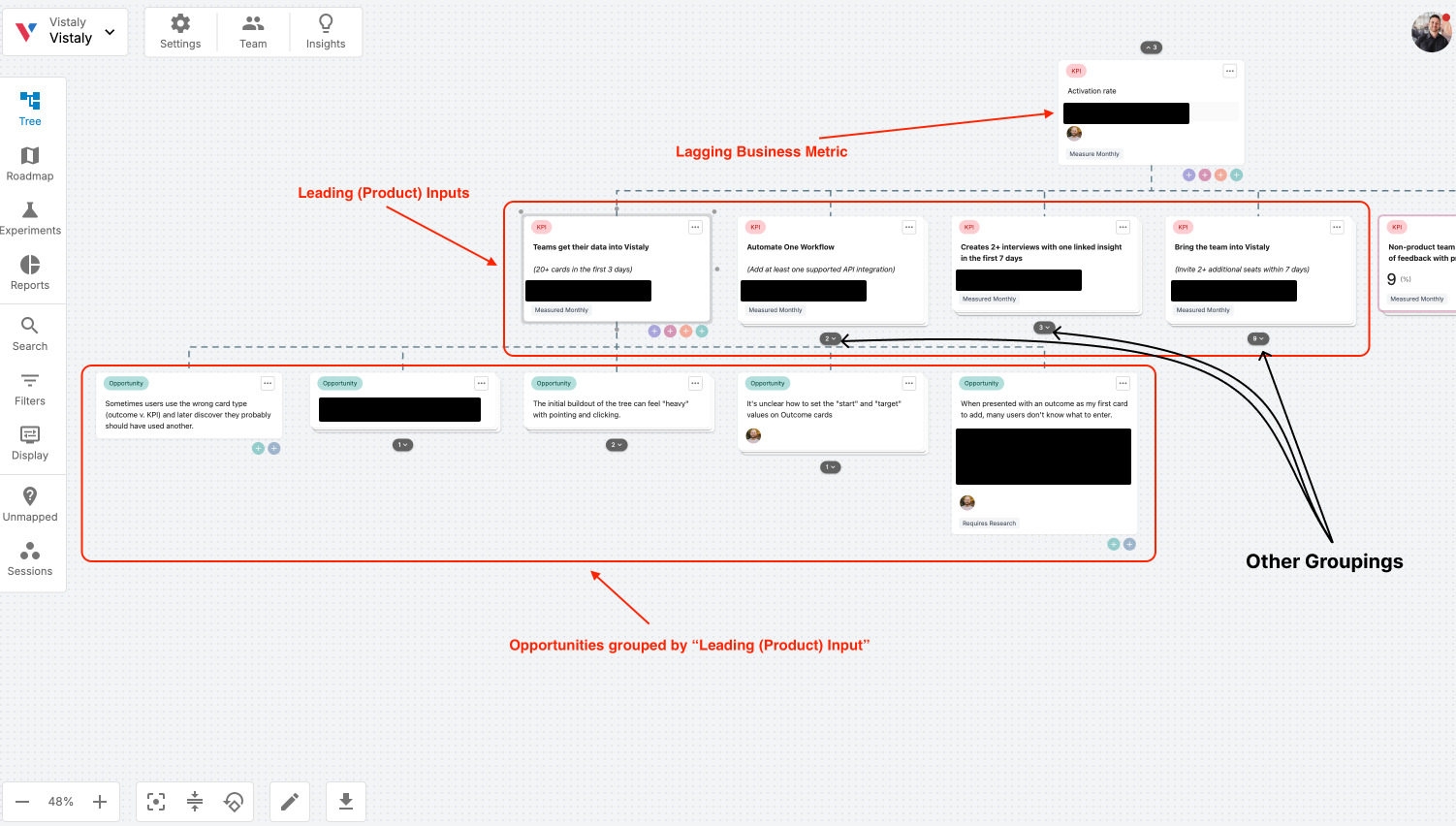
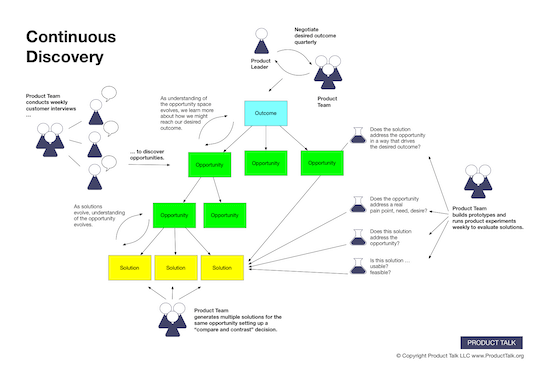














![Building A Digital PR Strategy: 10 Essential Steps for Beginners [With Examples]](https://buzzsumo.com/wp-content/uploads/2023/09/Building-A-Digital-PR-Strategy-10-Essential-Steps-for-Beginners-With-Examples-bblog-masthead.jpg)

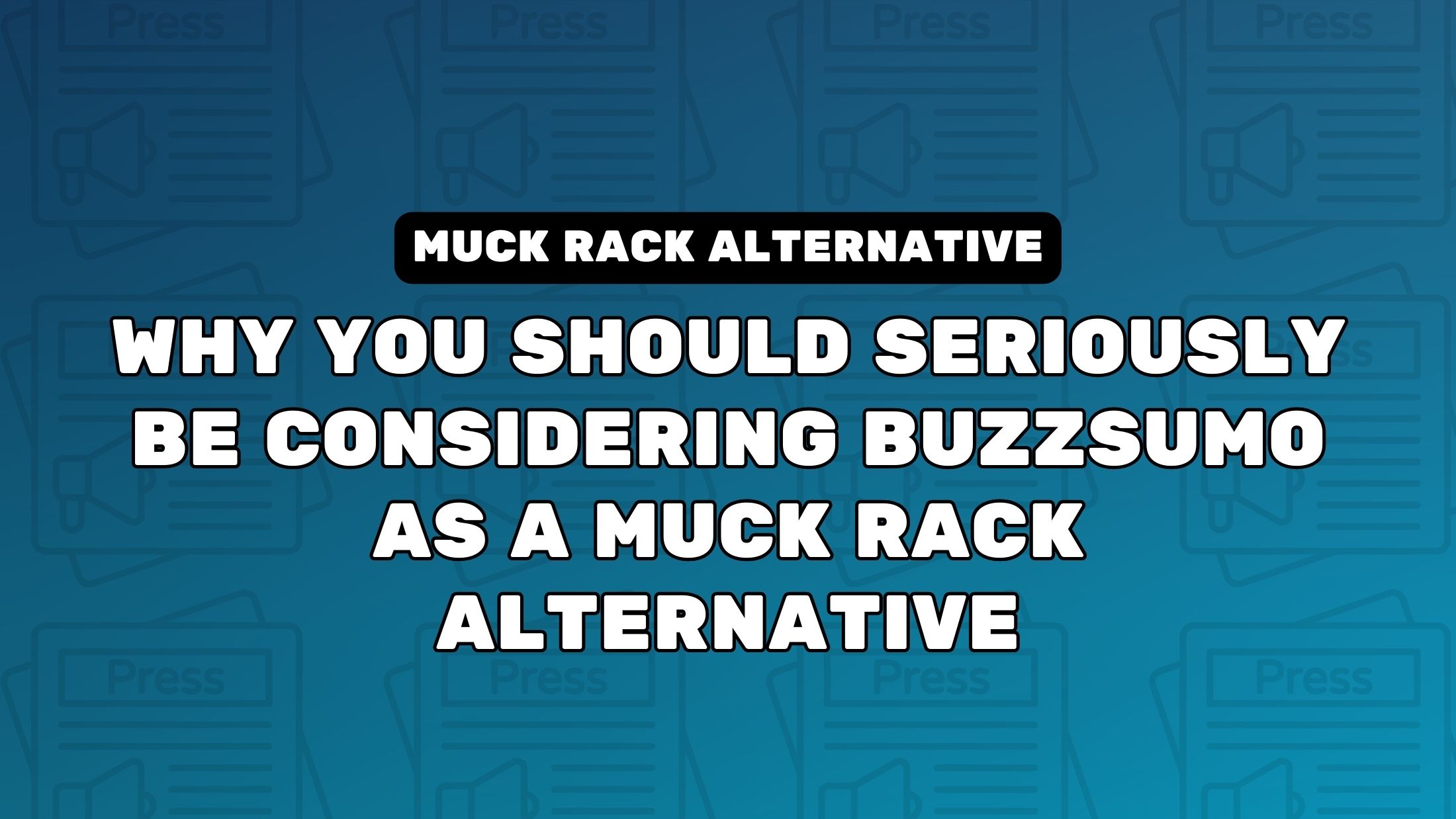

![How One Brand Solved the Marketing Attribution Puzzle [Video]](https://contentmarketinginstitute.com/wp-content/uploads/2025/03/marketing-attribution-model-600x338.png?#)





![How to Use GA4 to Track Social Media Traffic: 6 Questions, Answers and Insights [VIDEO]](https://www.orbitmedia.com/wp-content/uploads/2023/06/ab-testing.png)









![[Hybrid] Graphic Designer in Malaysia](https://a5.behance.net/920d3ca46151f30e69b60159b53d15e34fb20338/img/site/generic-share.png)






















